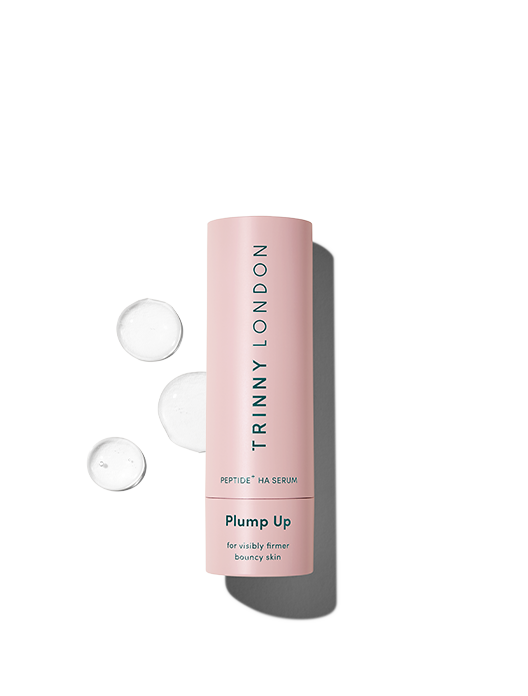
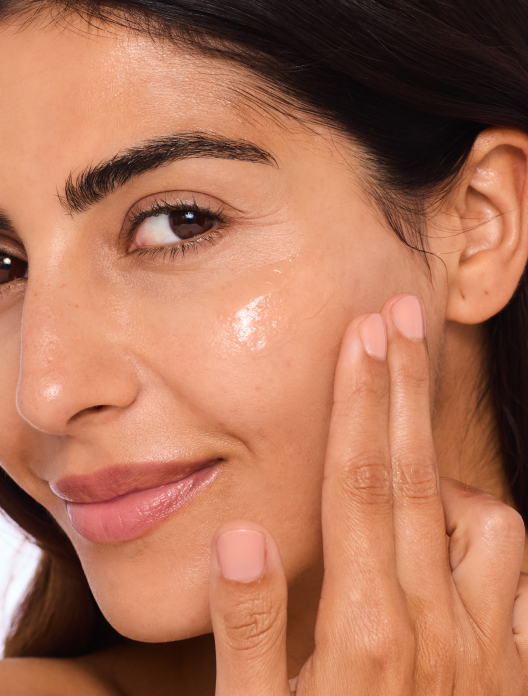
Plump Up
Peptid+ und Hyaluronsäure-Serum für sichtbar straffere, prallere Haut, für alle Hauttypen geeignet
Kostenlose Standardlieferung bei Bestellungen über 150 €

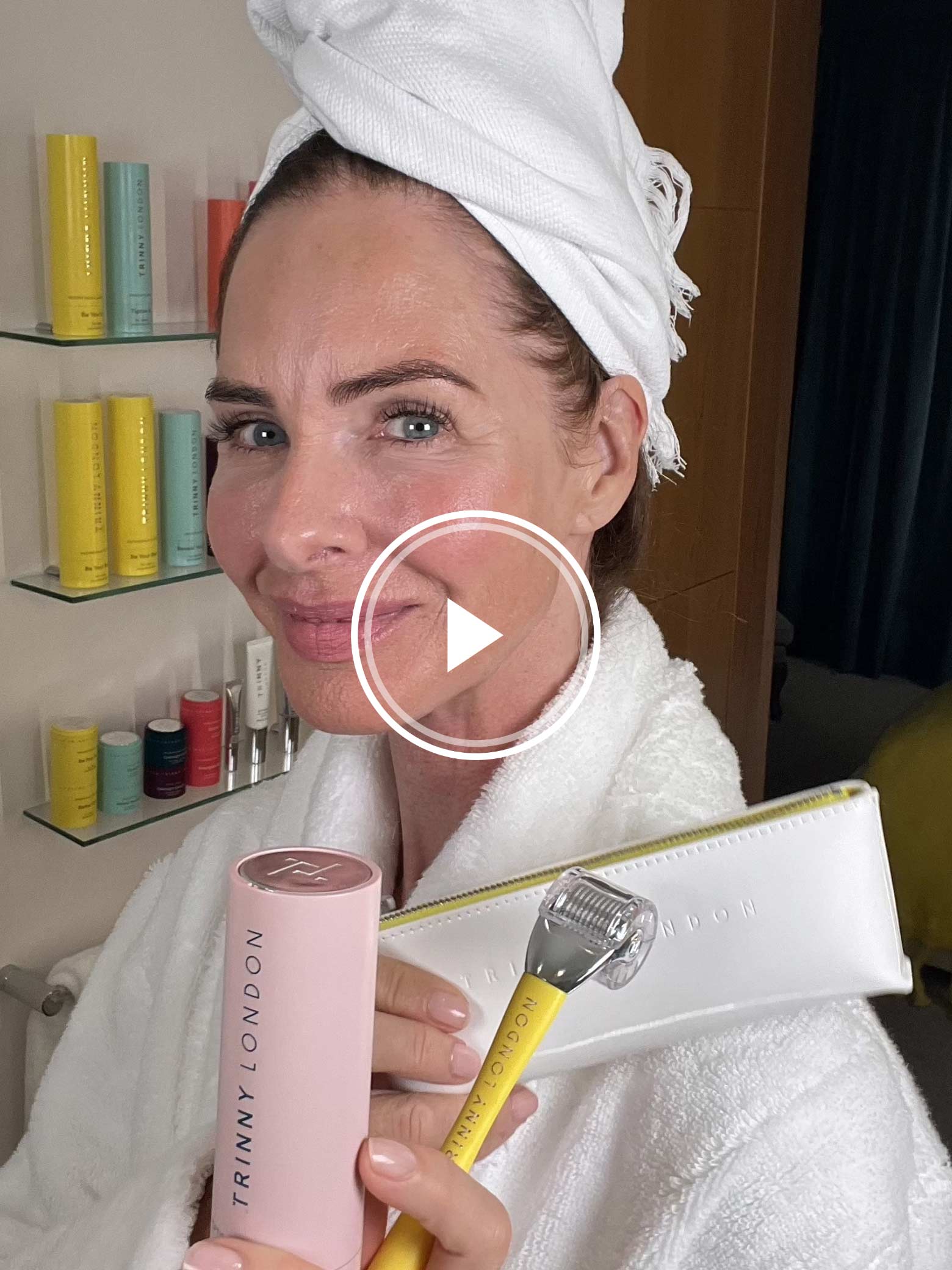
Everything you've ever wanted to know
If you’ve never considered at-home microneedling, now may be the time. It’s the perfect way to level up your skincare routine with minimal effort and maximum impact, adding just a few minutes to your evening routine a few times a week with potentially incredible results.
But almost as important as the process of microneedling itself is the serum you choose to use alongside it. Hyaluronic acid is a superstar ingredient dermatologists love, and as it so happens, it’s the perfect accompaniment to microneedling. Read on to find out how it can help you take your at-home routine even further…
What is microneedling, and what does it do for your skin?
First of all, let’s talk about what microneedling actually is. We know it might sound a little scary (needles, in your face?) but fear not – microneedling is a safe and easy process that can work wonders on your skin.
It works by creating tiny microchannels in your skin that encourage its natural healing process. With consistent use, benefits include visibly reduced wrinkles and fine lines, firmer skin, and an overall improvement in the quality and texture of your skin.
You can choose to microneedle either in a clinic or at home, depending on how intense you’d like the treatment to be. In-clinic microneedling is carried out by a dermatologist or aesthetician, who will use a local anaesthetic to numb your face beforehand and then use a needle of around 1-2mm in length, which will vary depending on your skin concerns and the goals you’re hoping to achieve.
At-home microneedling, on the other hand, can be safely done on your own at home and uses a much shorter needle, so there’s generally little to no pain and no downtime needed afterwards.
Why should you use a serum after microneedling?
One of the benefits of at-home microneedling is that the microchannels created in your skin will enhance the absorption of whatever serum you use afterwards, which makes the active ingredients more effective. Your skin will be more sensitive than usual immediately after microneedling, so it’s important to choose a serum that’s gentle and kind to skin, while still giving you that extra nourishing boost. Enter, hyaluronic acid.
What is hyaluronic acid, and why is it a good match for microneedling?
Hyaluronic acid is the darling of the skincare world, and for good reason. Best known for its ability to retain 1,000 times its weight in water, this superstar hydrator acts as a humectant, keeping your skin hydrated and moisturised. It’s also a popular ingredient for its plumping, smoothing properties, as it can help visibly reduce fine lines and wrinkles.
When used after microneedling, hyaluronic acid is even more effective as it can dive even deeper to plump and hydrate, complementing the hard work your microneedle has already started to help give you firmer, better quality skin.
There are a lot of hyaluronic acid serums out there, so if you’re not sure where to start, why not try Plump Up, our advanced peptide and hyaluronic acid serum? Our high-tech formulation is clinically proven to firm and lift, combining hyaluronic acid with a six-peptide complex for an intensely plumping, skin-quenching boost.
Is microneedling right for me?
If you already have your skincare routine down to a fine art and you’re looking for the next step in the journey, microneedling is perfect for bridging the gap between skincare and tweakments. It’s particularly effective for those of us looking to reduce the appearance of fine lines, wrinkles and pores, or even just for improving the texture and quality of your skin.
However, if you’re still somewhat of a skincare beginner, you might want to hold off on introducing a microneedle until you feel more confident in your routine. And don’t forget that even though microneedling at-home isn’t as extreme as an in-clinic treatment, it is more intense than simply applying a serum. With that in mind, we wouldn’t recommend microneedling for anyone with sensitive skin, including people suffering from rosacea, eczema or even active acne.
How will microneedling and hyaluronic acid change my skin long-term?
As with any skincare product, consistency is key when it comes to microneedling. If you only do it once in a blue moon, you’ll still get the short-term benefit of softer, smoother-looking skin the following day, but it won’t totally transform your complexion overnight. But if you really commit, incorporating it into your evening routine up to three times a week, before long you’ll be reaping the rewards. After a couple of months of consistent use (with at least a one month break after every eight weeks), you should see a visible reduction in the appearance of fine lines, wrinkles and pores, as well as a firmer, smoother, brighter complexion. Not bad for just a few extra minutes of self-care…
How often should I apply hyaluronic acid after microneedling?
For the best results, we’d recommend applying your hyaluronic acid serum immediately after microneedling in the evening, and then again the following morning. There are no harsh ingredients in our Plump Up serum, so there’s no need to leave a certain amount of time between uses, as you would with more intense formulations such as retinoids.
Shop the article


Peptid+ und Hyaluronsäure-Serum für sichtbar straffere, prallere Haut, für alle Hauttypen geeignet
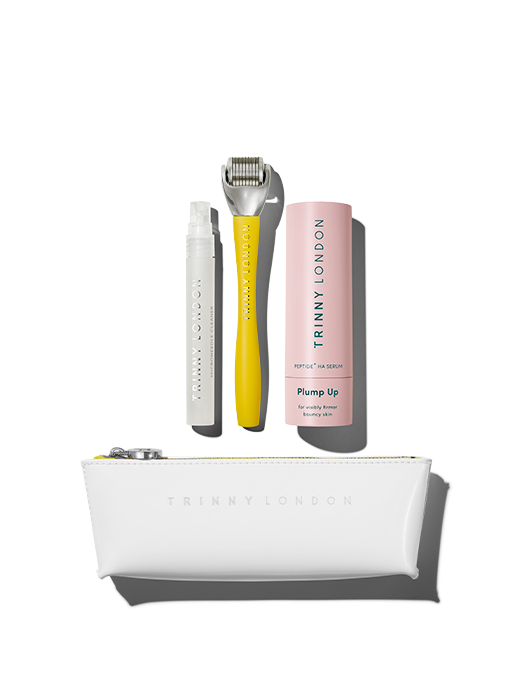
Microneedle, Peptid-Serum und Kosmetiktasche
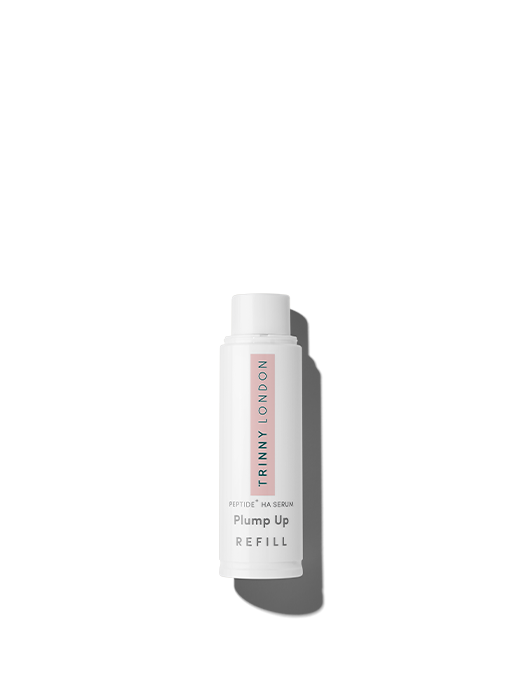
Peptid+ und Hyaluronsäure-Serum für sichtbar straffere, prallere Haut, für alle Hauttypen geeignet
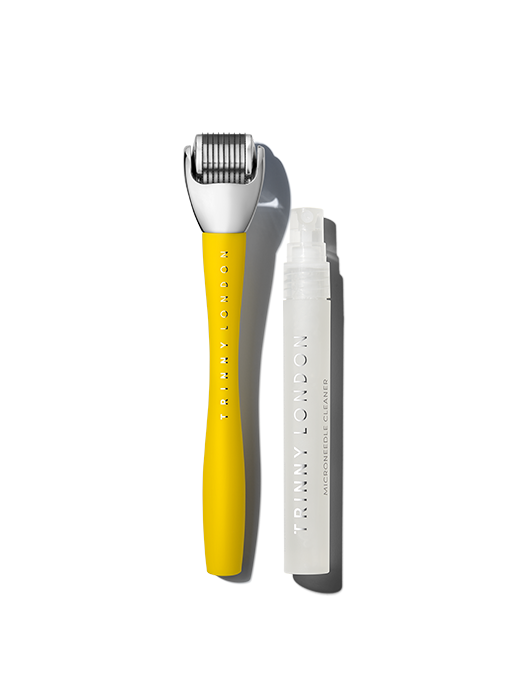
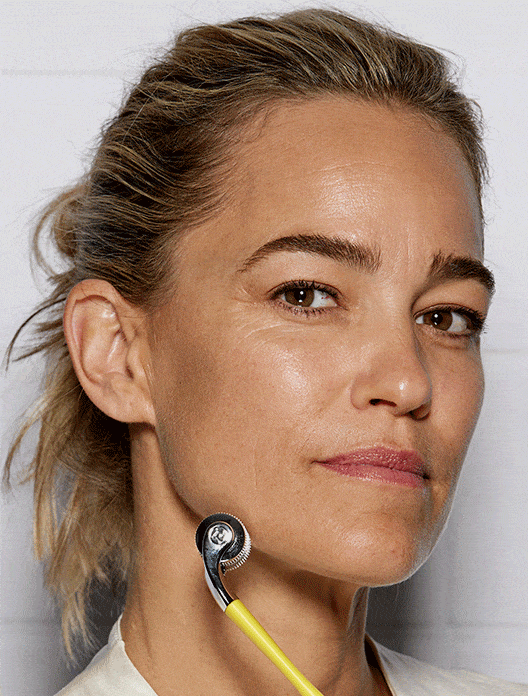
Microneedle-Tool für zu Hause sorgt für straffe, glatte Haut